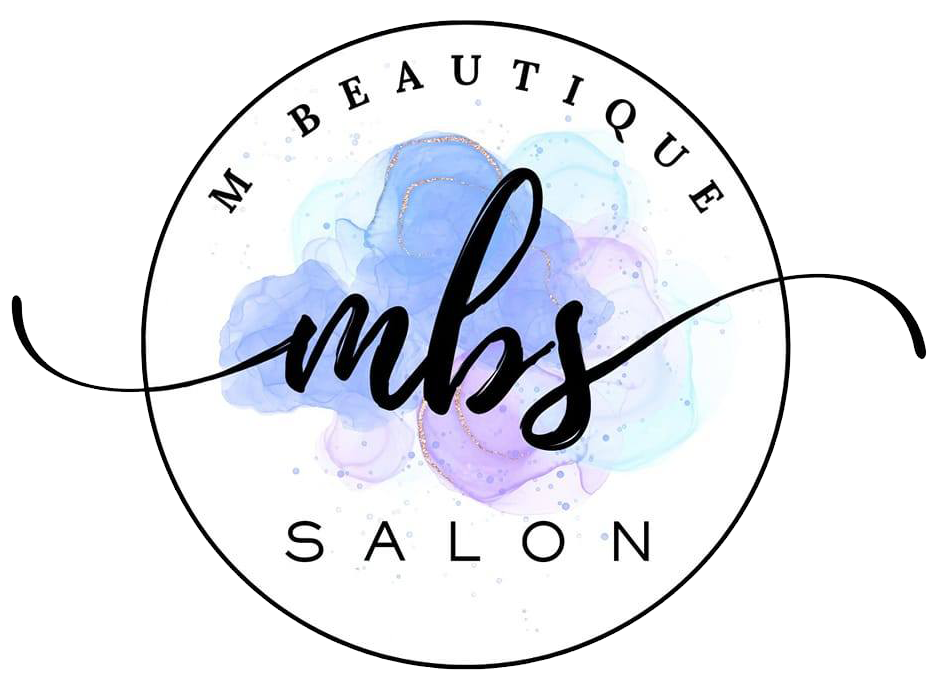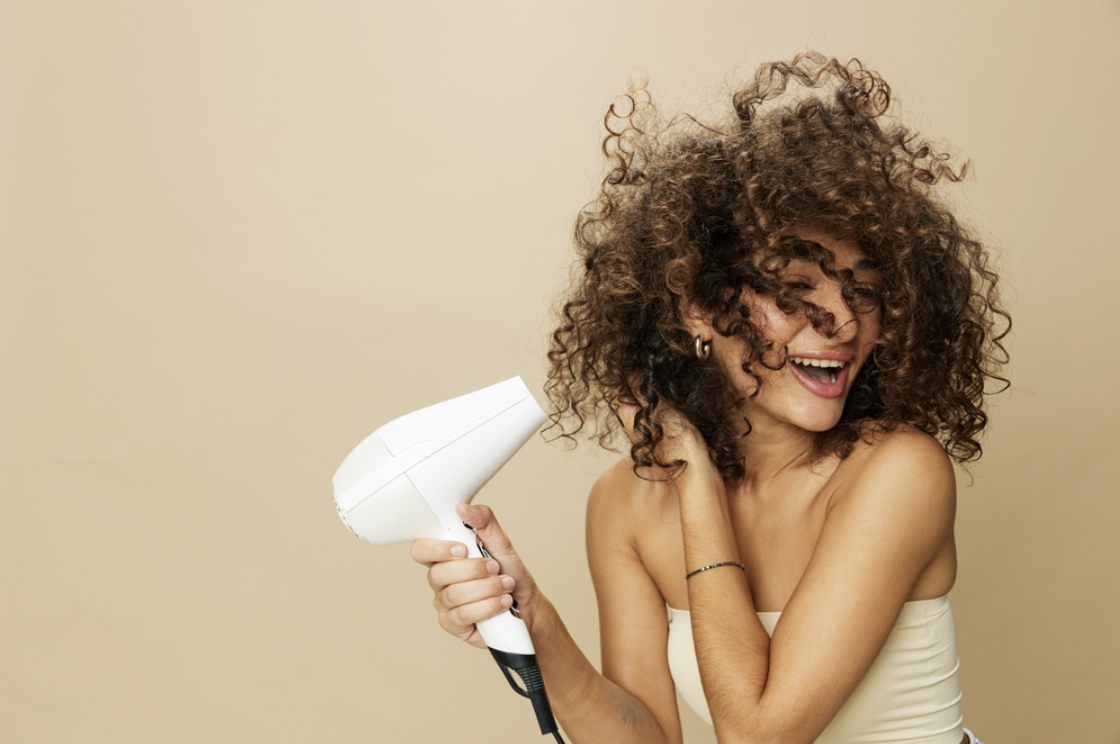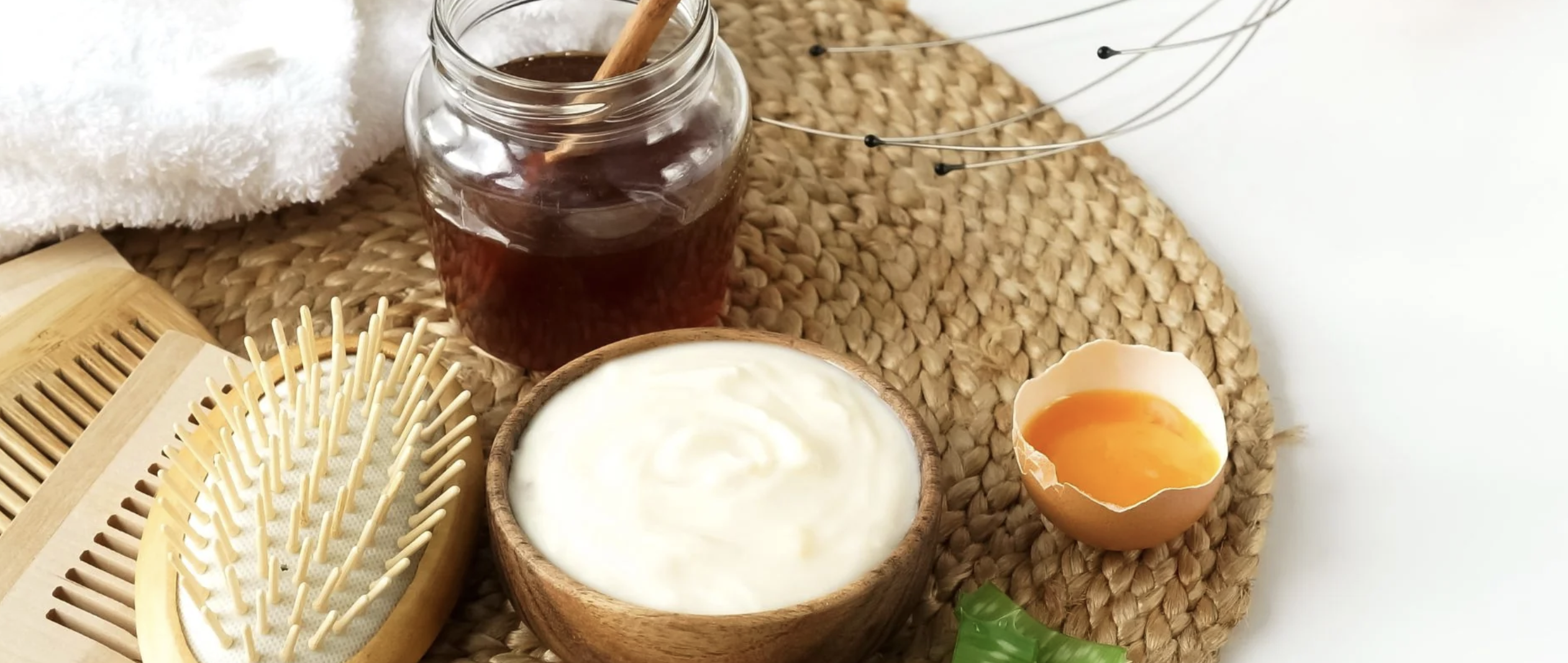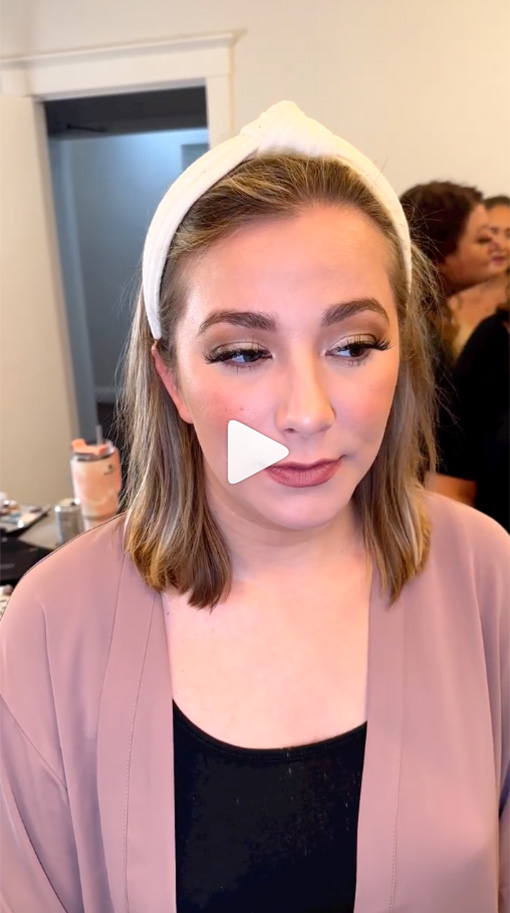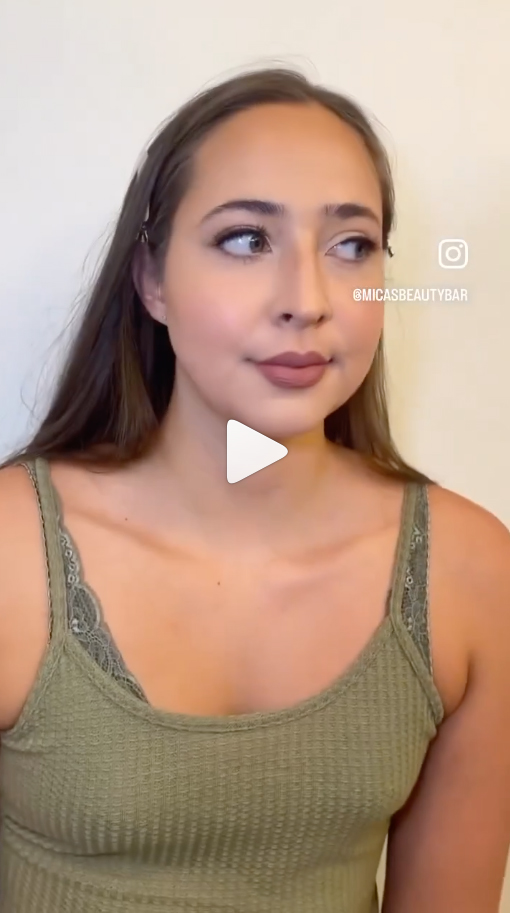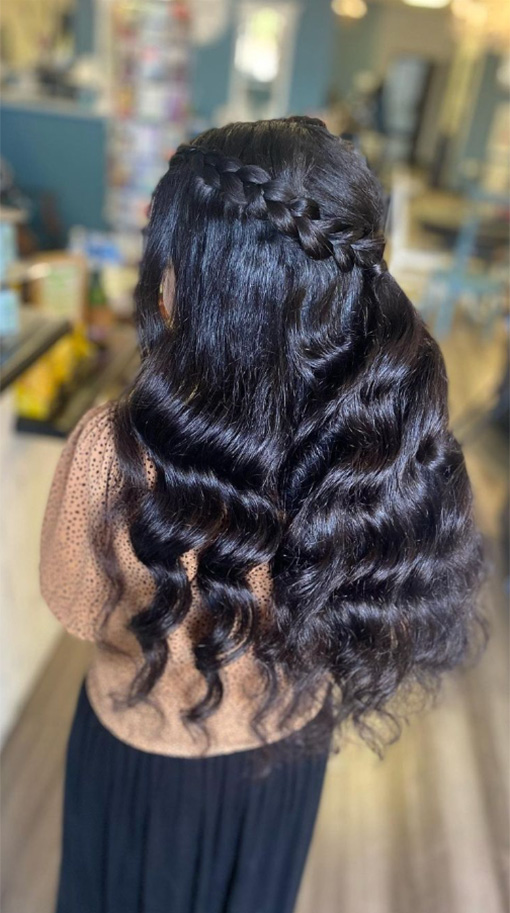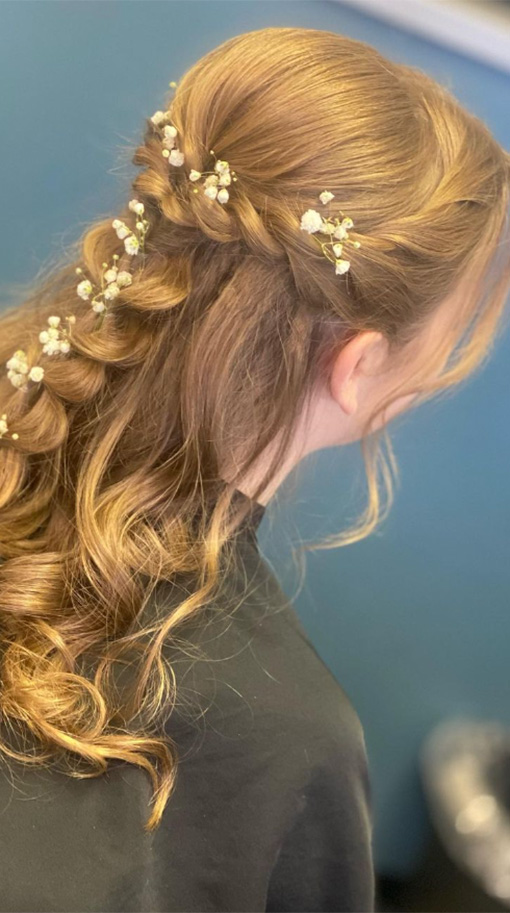Natural curls are a beautiful expression of individuality, but maintaining them requires some extra attention. Whether you have loose waves or tight coils, understanding how to nurture your curls can transform their health and appearance. This guide walks you through the essentials of curl care, from product selection to styling techniques that keep your curls vibrant and defined.
Understanding Your Curl Type
Not all curls are created equal. The first step in creating a routine that works for you is identifying your specific curl pattern. Hair texture generally falls into three categories:
Curl Types Explained
1. Wavy Hair
Wavy hair has an “S” shape but doesn’t form tight spirals. It ranges from fine and barely-there waves to more defined, loose curls. It often benefits from lightweight products that provide hold without weighing it down.
2. Curly Hair
Curly hair forms distinct loops or ringlets. These curls are well-defined but can easily lose their shape or become frizzy without the right moisture balance. Products that provide both moisture and structure work well for this curl type.
3. Coily Hair
Coily hair, sometimes referred to as kinky hair, forms very tight curls or zigzags. It’s naturally drier and more fragile, requiring rich, hydrating products to maintain its shape and health.
Building Your Curl Care Routine
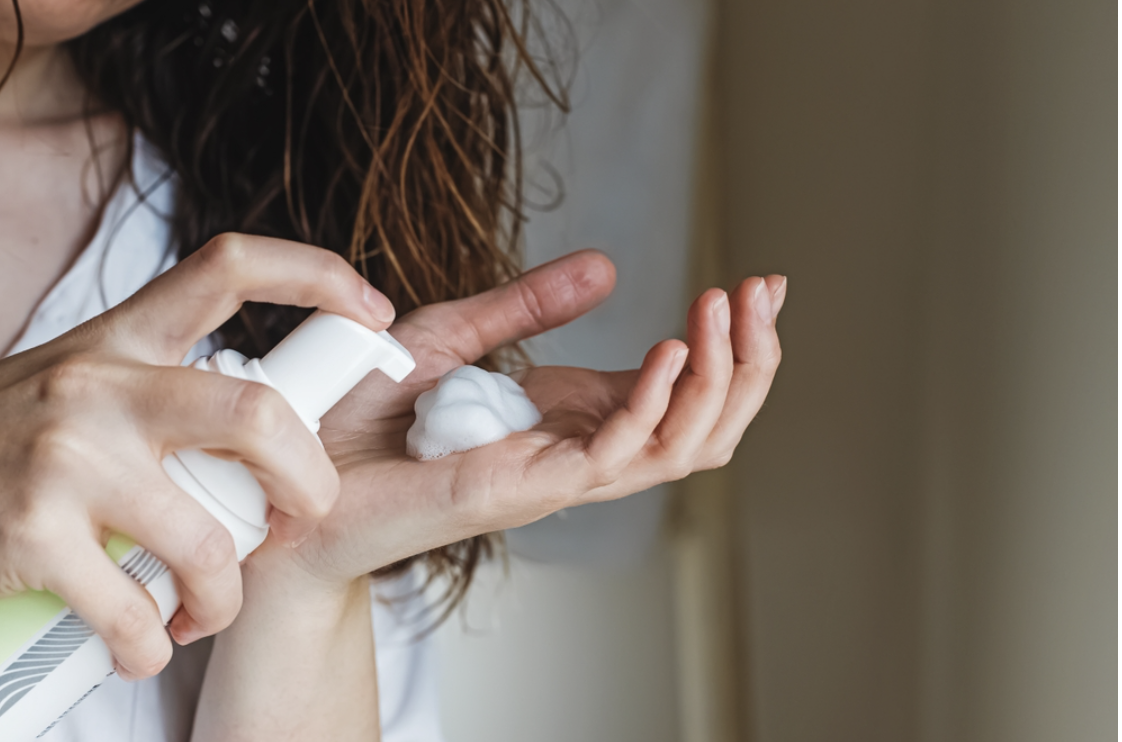
The foundation of healthy curls lies in a consistent routine tailored to your hair’s unique needs. Let’s explore the key components of any curly hair care regimen.
Cleansing Without Stripping
Washing curly hair can be tricky. Traditional shampoos often strip hair of its natural oils, leaving it dry and brittle. To maintain moisture:
Co-washing: A Gentle Alternative
Co-washing (conditioner washing) is a method that uses only conditioner or a gentle cleansing conditioner to clean the scalp without removing too much moisture. This is especially helpful for coily and curly hair that needs as much hydration as possible.
Sulfate-Free Shampoos
Opt for sulfate-free shampoo to avoid harsh detergents that cause frizz and dryness. A gentler formula helps maintain your hair’s natural oils and moisture.
Hydration: The Key to Happy Curls
Curly hair tends to be drier than straight hair because its shape makes it harder for natural oils to travel from the scalp to the ends. Here are a few tips to lock in moisture:
Deep Conditioning Treatments
Incorporating a deep conditioner into your routine once a week can dramatically improve your curls’ hydration. These treatments penetrate the hair shaft, delivering moisture that keeps your curls soft and bouncy.
Leave-in Conditioners
Leave-in conditioners are essential for detangling and providing lasting hydration throughout the day. They help smooth the hair cuticle and reduce frizz, keeping your curls defined and shiny.
Styling: Define and Protect
Curly hair can be unpredictable, but the right styling techniques help you shape your curls and protect them from damage.
The “Plopping” Method
Plopping is a method of drying curls that preserves their shape and prevents frizz. After washing your hair, scrunch out the excess water, apply your favorite styling product, and then wrap your hair in a cotton T-shirt or microfiber towel. Leave it wrapped for 10-20 minutes, then let your hair air dry.
Choosing the Right Styling Products

From gels to creams, selecting the right styling product depends on your curl type and desired look:
- Gels: Provide hold and definition but can be drying if used too often. Look for alcohol-free options.
- Creams: Offer moisture and light hold, ideal for looser curls or those needing extra hydration.
- Mousses: Add volume and light definition, great for fine or wavy hair.
Protecting Your Curls While You Sleep
Your bedtime routine plays a huge role in the health of your curls. Tossing and turning at night can cause breakage and frizz, so it’s important to protect your hair while you sleep.
Silk or Satin Pillowcases
Switching to a silk or satin pillowcase helps reduce friction between your hair and the fabric, which minimizes frizz and keeps your curls intact.
Pineapple Method
The “pineapple” is a simple way to preserve your curls overnight. Gather your hair into a high, loose ponytail on top of your head. This keeps the curls from getting flattened while you sleep.
Common Challenges and How to Fix Them
Even with a solid routine, curly hair comes with its own set of challenges. Here’s how to handle some common issues:
Frizz Control
Frizz is a common problem for curly hair, especially in humid environments. To combat this:
- Hydrate: Ensure your hair is well-moisturized. Frizz often occurs when hair is dry and seeking moisture from the air.
- Seal with Oil: After applying your styling products, use a lightweight oil to seal in moisture and smooth the cuticle.
- Avoid Touching: Once your curls are styled, avoid touching them. The more you manipulate your hair, the more frizz you’ll create.
Shrinkage
Shrinkage is when curly hair appears shorter than it is due to the tightness of the curl pattern. While shrinkage is a sign of healthy curls, you can reduce its impact with these tips:
- Stretching Styles: Opt for hairstyles like twist-outs or braid-outs that elongate the curl.
- Blow Dry with a Diffuser: If you prefer to wear your hair down, use a diffuser attachment on your blow dryer. This adds volume and length without disturbing your curl pattern.
Breakage
Curly hair is more prone to breakage because of its delicate structure. To minimize breakage:
- Detangle Gently: Always detangle your hair when it’s wet, using a wide-tooth comb or your fingers. Start from the ends and work your way up.
- Trim Regularly: Regular trims prevent split ends from traveling up the hair shaft and causing more breakage.
Finding the Right Haircut for Your Natural Curls
A haircut designed for curly hair can make a world of difference. Curly cuts often include layers that enhance your natural curl pattern and add shape to your hair.
Dry Cutting for Precision
Many stylists who specialize in curly hair recommend cutting it while dry. This allows them to see how each curl behaves in its natural state, resulting in a cut that works with your curls rather than against them.
Regular Trims for Healthy Growth
Trimming your hair every 8-12 weeks keeps your curls healthy and prevents split ends. Don’t worry—trimming doesn’t hinder growth; it actually promotes it by getting rid of damaged ends.
Final Thoughts
Caring for natural curls requires a little extra love, but the results are well worth it. With the right products, techniques, and mindset, your curls can be healthy, vibrant, and full of life. Remember, consistency is key—once you find a routine that works for you, stick with it, and your curls will thrive!
